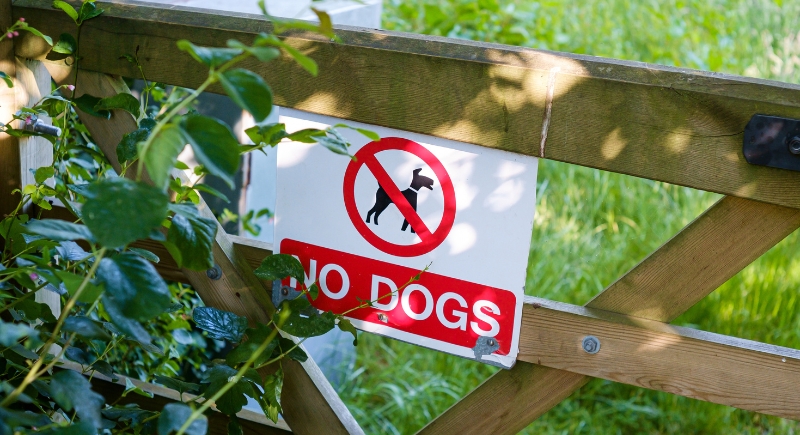A Homeowner’s Security Camera Captured Their Neighbor’s Outrageous Behavior
A homeowner recently uploaded security camera footage that drew attention online because of what kept happening. The clip showed a neighbor’s four dogs repeatedly using the homeowner’s front yard as their personal bathroom.
This ended up raising concerns beyond just inconsiderate behavior and touched on legal boundaries, animal control responsibilities, and what options exist when private property becomes an open toilet for someone else’s pets.
Security Cameras Captured the Perpetrators
Neighbors letting dogs potty in my yard!
byu/ididthat2002 inmildlyinfuriating
The recording posted to Reddit documented the dogs relieving themselves in the yard in what seemed like rotating shifts. The repetitive nature of the incidents suggested this was not occasional but ongoing. The resident explained that after asking the neighbor politely to stop, the discussion escalated into cursing and denials, which left the problem unresolved.
Online reactions reflected a mix of empathy and practical advice. Some people encouraged reporting the situation to city authorities, while others suggested contacting the landlord if the property was a rental. Commenters also mentioned installing a fence, although cost was a concern.
Security footage in these cases becomes central, as it establishes a timeline and pattern that authorities or landlords can use to determine whether violations exist. Without surveillance evidence or written logs, complaints may be harder to pursue.
Pet Trespassing Can Be a Legal Violation

Image via Pexels/Rodion Kutsaiev
Where the legalities are concerned, once pets leave their owners’ property, the situation often enters the territory of nuisance or trespass law. Local ordinances typically require pet owners to keep dogs on a leash and prevent them from using another person’s yard without permission.
Many municipalities also limit the number of pets per household, while some impose breed restrictions or require fencing for certain animals. A neighbor’s animals consistently entering private property can rise to the level of legal nuisance if they interfere with someone’s enjoyment of their land.
Pet waste adds another dimension, since it damages lawns and landscaping. Property owners are encouraged to keep a record of incidents, supported by photos or video, before contacting animal control.
If the individual rents, involving the landlord may be another option, since many lease agreements include restrictions on pets. Each step strengthens the case for intervention.
Animal Control Responds to Patterns, Not One-Time Complaints
Calling animal control is often seen as the last resort when neighbor disputes about pets refuse to improve.
If the complaint is verified to be credible, officers usually begin with an investigation, which can include reviewing evidence or visiting the property to assess conditions. After the violations are confirmed, the pet owner often receives a warning first, followed by fines if the behavior continues. In some jurisdictions, repeat incidents can even result in an animal being impounded.
This step-by-step process may feel slow, but it provides a legal trail that strengthens a homeowner’s position in court or with a landlord.
In this case, the poster already has video proof of the continual trespassing and waste. That kind of evidence makes the complaint far more credible, since it goes beyond verbal claims and shows a consistent problem that authorities are more likely to address.